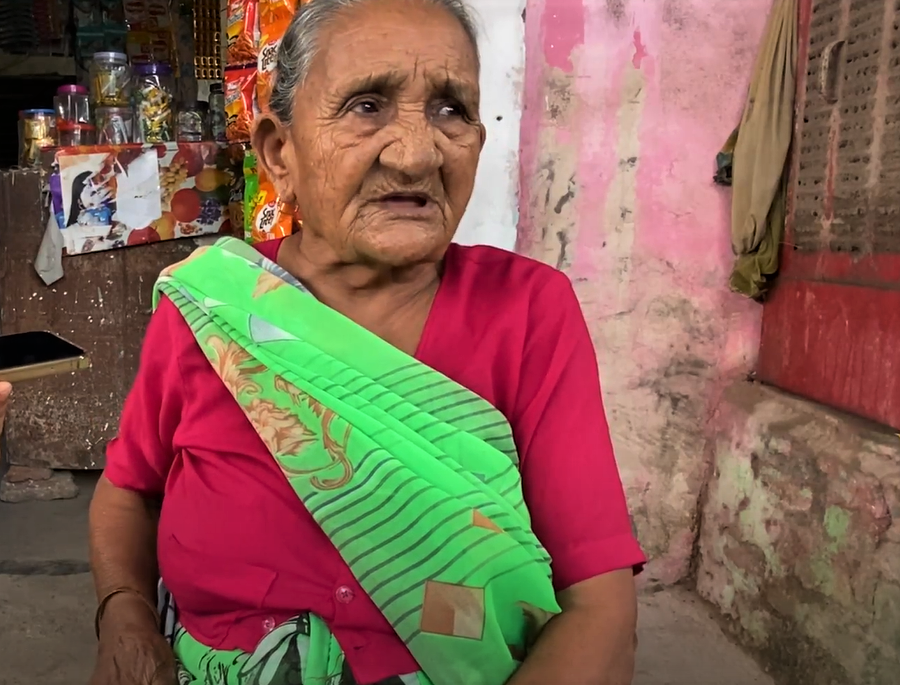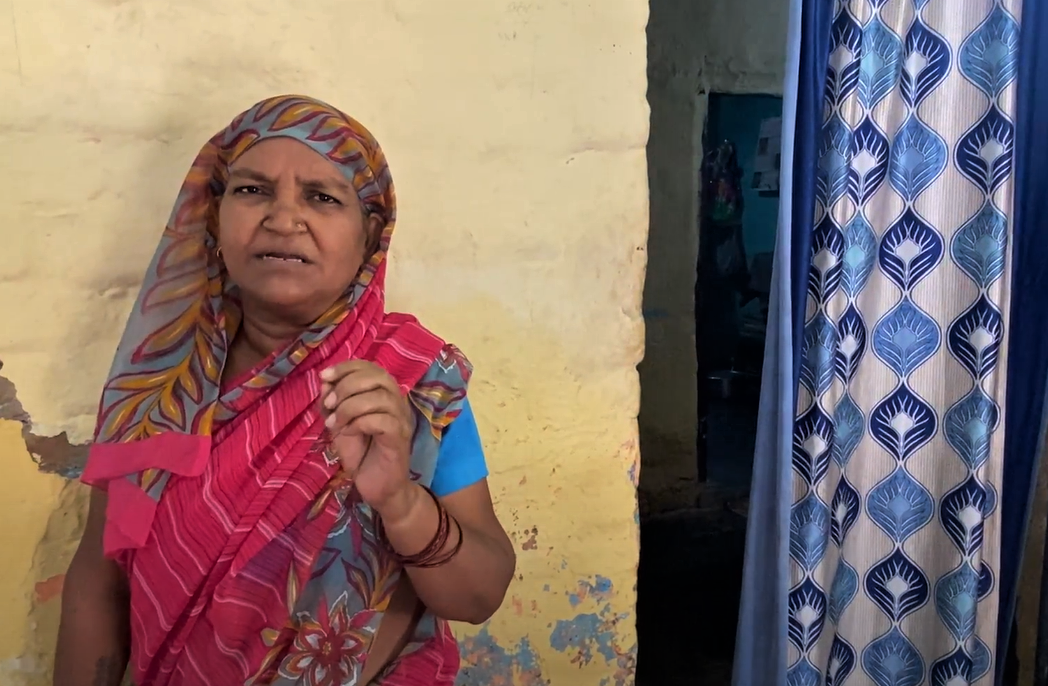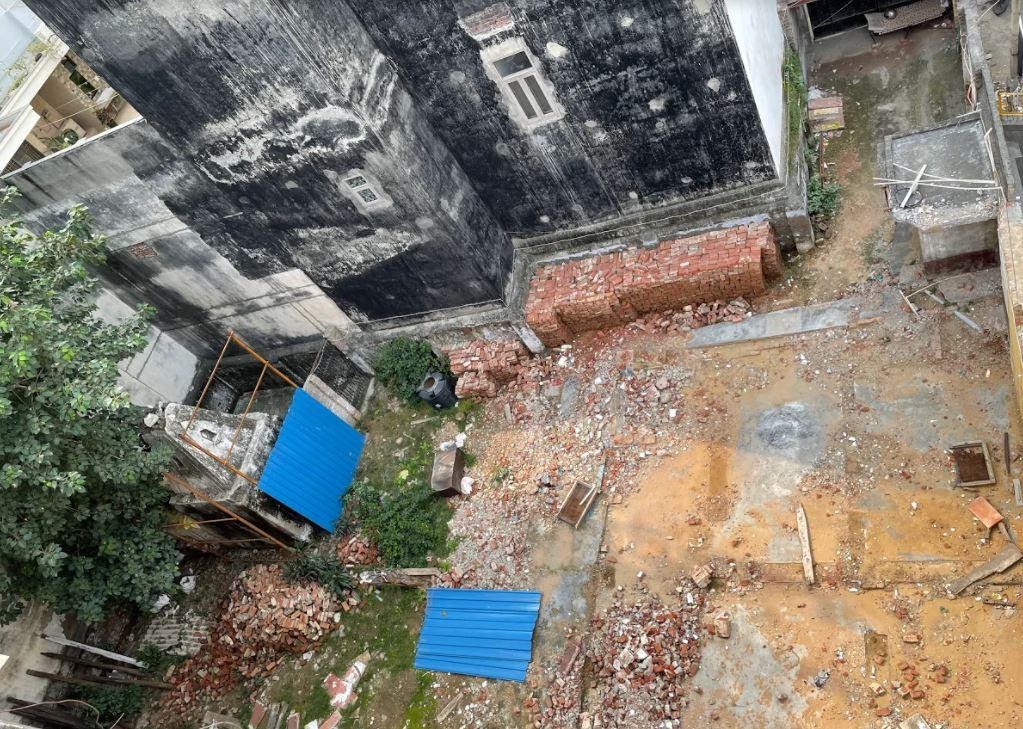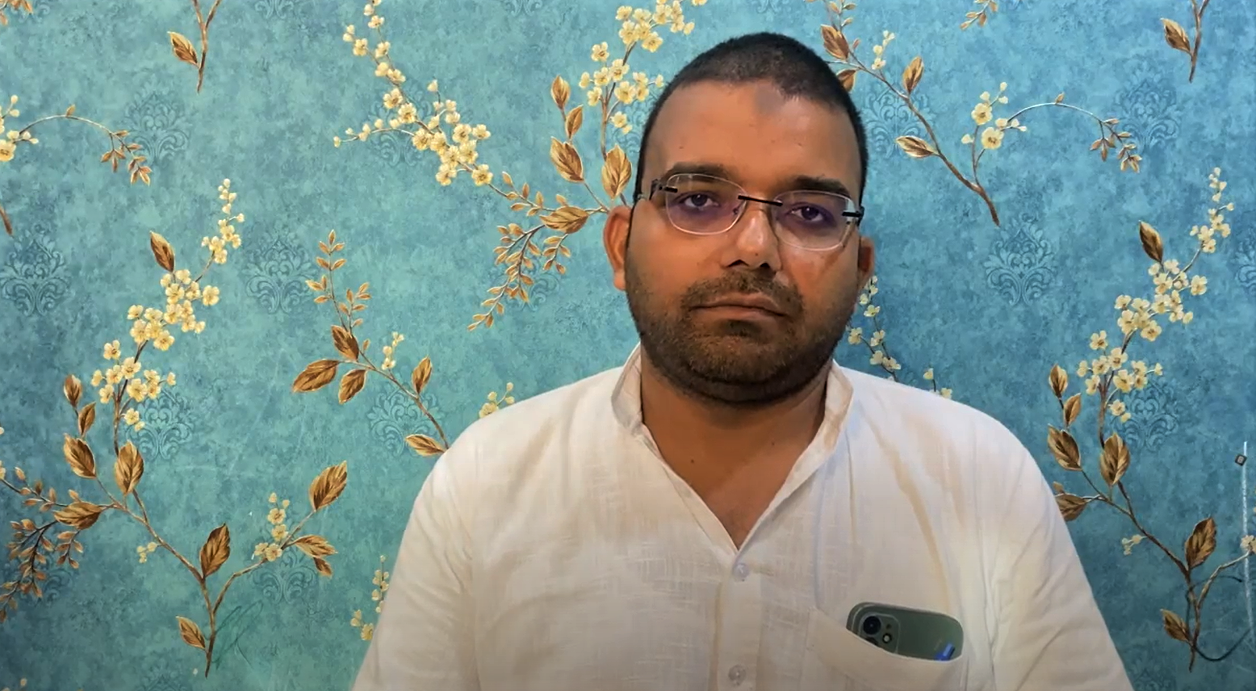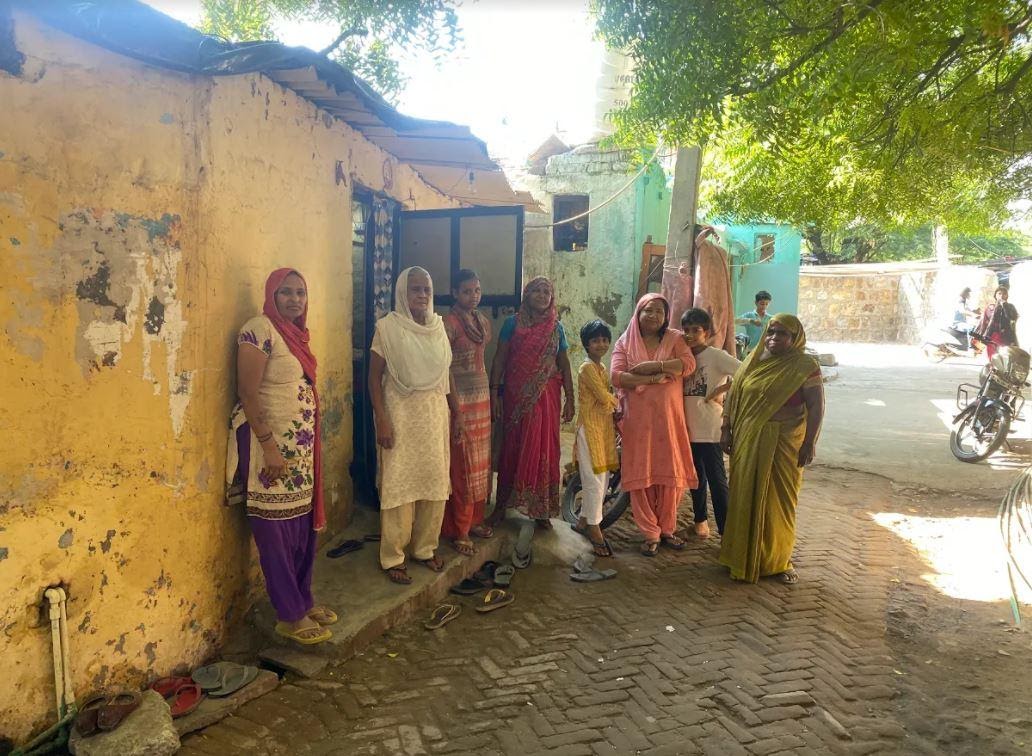Everyone Protects Temple from Demolition in Jamia Nagar
‘Nothing is more important than the virtue of humanity’
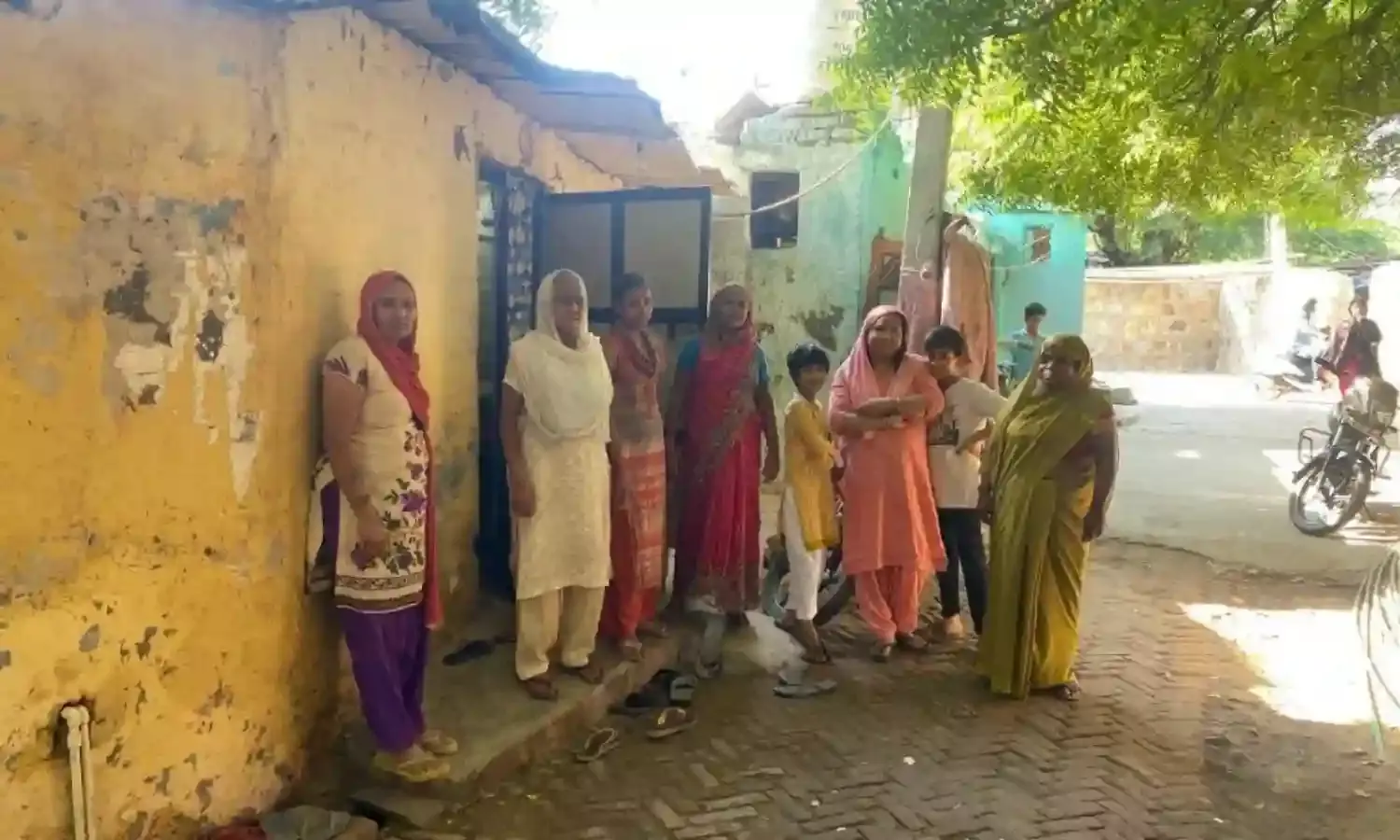
A joint petition and years of solidarity is what it took to protect a 50 year old temple from being demolished at Johri Farm in Delhi’s Jamia Nagar. Built in the 1970s, the mandir and adjoining dharamshala were open to all for religious occasions and had around 8-10 idols of deities, which now stand removed.
“Hindus and Muslims have created a syncretic space and have been coexisting and living together here for decades. The issue of demolishing the temple to make a building had the potential of becoming problematic and controversial, and we didn’t want this area to witness any political involvements, riots, conflicts or fights,” says Syed Fouzul Azeem, or Faizi, a social worker living in Jamia Nagar.
Surpassing the differences that are always being insisted on, the people of Noor Nagar in this locality joined hands to mobilise against the illegal demolition and encroachment of the temple complex by builders and miscreants.
After the old dharamshala was knocked down, local Hindu residents feared that their mandir would be next to go, leading to conflict. Hira Devi, one of the oldest residents of the vicinity, shares how
“A couple of months ago, some builders broke the dharamshala and were also planning to bring the temple down. The local police came to stop the process but nothing much happened. Some people of this area took the matter to court as neither police nor public were able to decide or take an action against the goings on.”
It was Faizi and the members of the ward committee who wrote multiple applications to the police and administration, eventually taking them to court.
To everyone’s relief, on September 24 the Delhi High Court ruled in favour of the petitioners, directing that the temple and its land must be protected and asking the administration “to ensure that there is no issue of law and order in the area”.
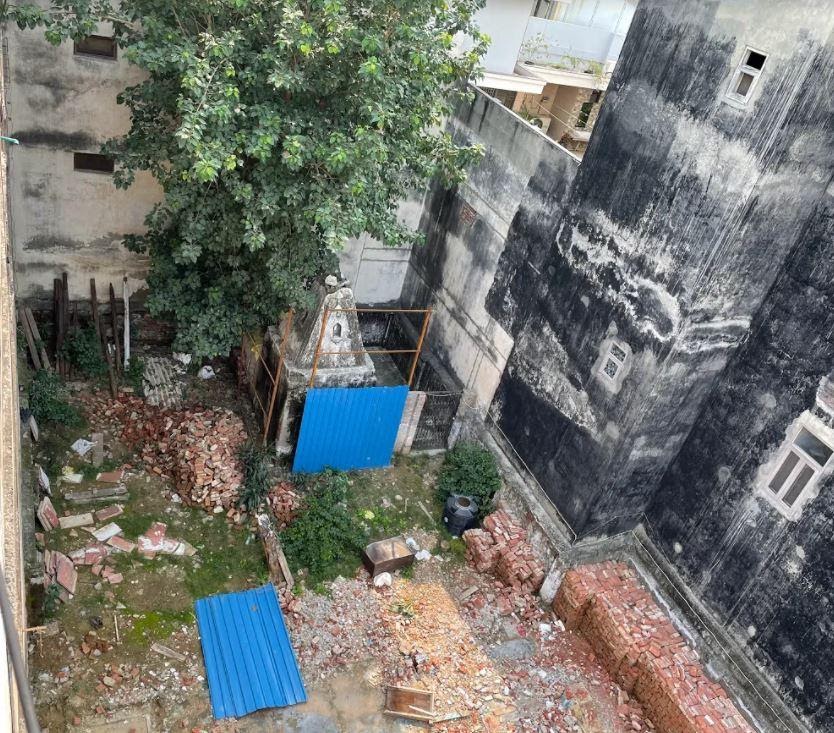
According to Hira, a Hindu priest from Uttarakhand who settled in Jamia Nagar years ago, “This temple is an old one and has been there for years. My nephew worked here as a priest for ten years and so did my son for seven. I too used to go there early in the morning, help clean the complex and then pray.”
The temple has always been open for all, and many weddings, birthdays, marriage anniversaries and functions have been celebrated here. People of all faiths would come here on festivals such as Shivratri and Janmashtmi to be together and pray.
But “the doors of the temple have been locked since the last couple of years and no one has been able to go inside to offer their prayers and seek blessings. Since it’s a temple, a place of worship, it should be open to all without any restrictions,” said Hira.
According to local resident Shanti Devi, everyone in the neighbourhood lives with love and feelings of brotherhood, without any fear of being hurt, mistreated or cheated.
“Our entire locality, all Hindus and all Muslims, want the temple gates to be opened and that people should start praying and worshipping like before. This is all we need and demand for.”
She said the majority of residents were born and brought up in Noor Nagar.
“We walk with one another at all times. We are all equal here and there is no division or discrimination on the basis of one’s religion or surname. In fact, from eating and drinking to celebrating each other’s sorrows and happiness, we’re all in it together.”
According to Faizi, no religion allows for the breaking of one’s ibadat gah or place of worship. Emphasising the importance living together and standing with one another he said:
“Nothing is more important than the virtue of humanity. We are humans first, and everything else - politics, religion etc - should be secondary. We should stand by those around in their good and bad times, and not think if that person is a Hindu or a Muslim.”
Now with the temple no longer under threat of being demolished, Faizi wishes to collect funds to rebuild the accompanying dharamshala and get it running.
“The temple which stands deserted also requires some maintenance, so we will get it whitewashed and invite a priest to do bhumi pujan, so we can open it to the public and make the temple functional as it was before.”
